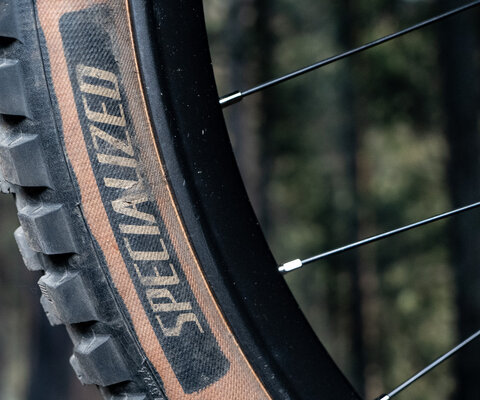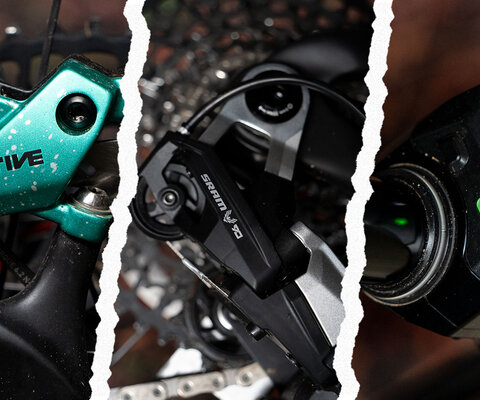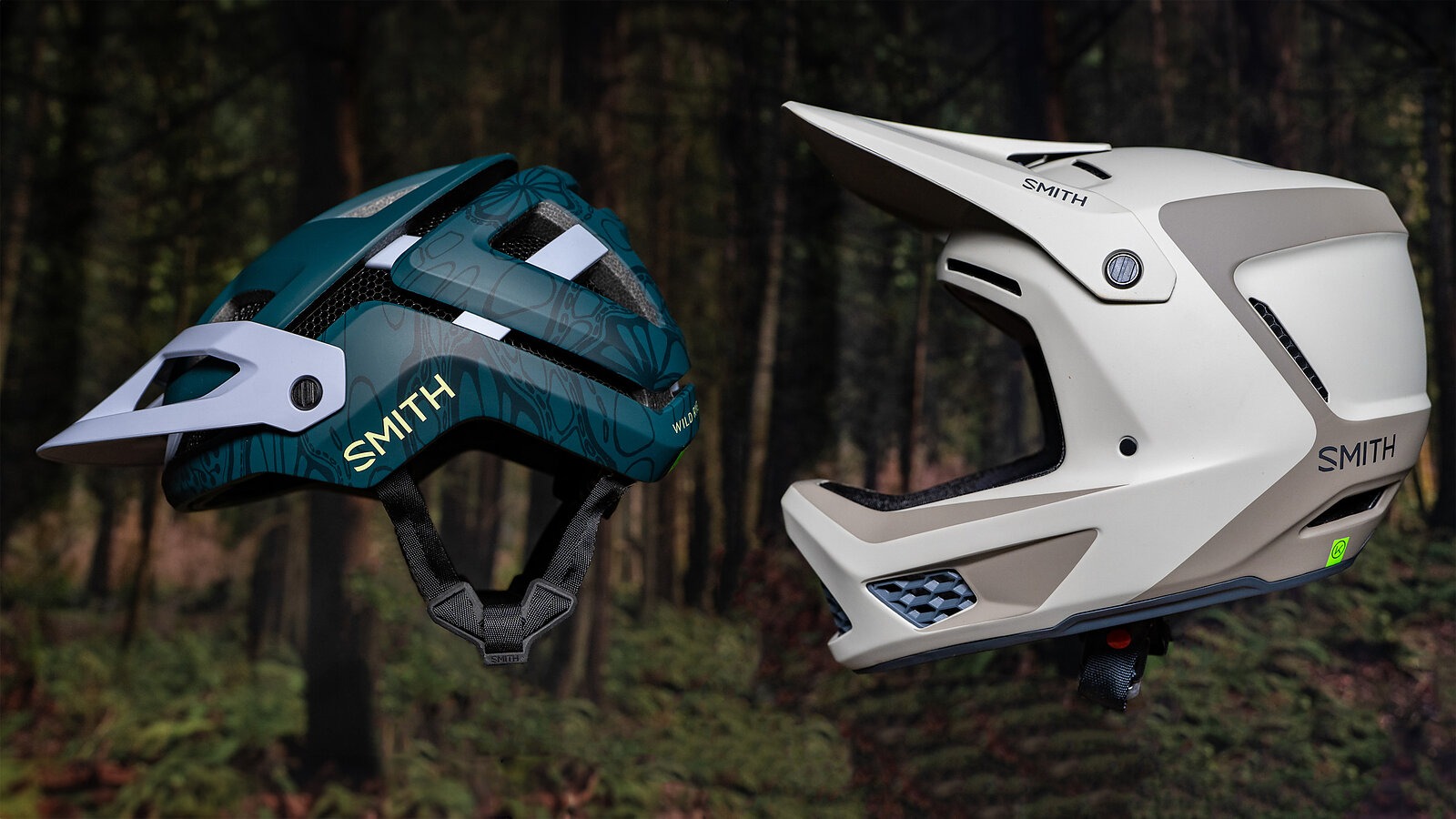
Smith Forefront 3 and Hardline Helmets Helmet Review
Words and Photos by Cy Whitling
An updated classic, and an all-new downhill helmet.
This spring, Smith launched two new helmets: the updated Forefront 3, and the brand new Hardline. The Forefront 3 is, predictably, the latest of Smith’s long-running flagship trail helmets, while the Hardline takes the same basic premise as the existing Mainline full face helmet, and beefs it up for downhill-focused riding. I’ve been spending time in both helmets this spring, and now it’s time to weigh in.
Smith Forefront 3 Overview
- Sizes Available: Small, Medium, Large - 51-62 cm head circumference
- Features: Mips Air Node, KOROYD, BOA closure
- Weight: 408 g
- Price: $270
Smith Hardline Overview
- Sizes Available: Small, Medium, Large - 51-62 cm head circumference
- Features: Mips Evolve Core, KOROYD, AirEvac ventilation system
- Weight: 993 g
- Price: $390
The Cliff’s Notes for the Forefront 3 are: deeper fit, new BOA adjustment system, and better ventilation. The Hardline’s tagline could be “the downhill yin to the Mainline’s Enduro yang.”
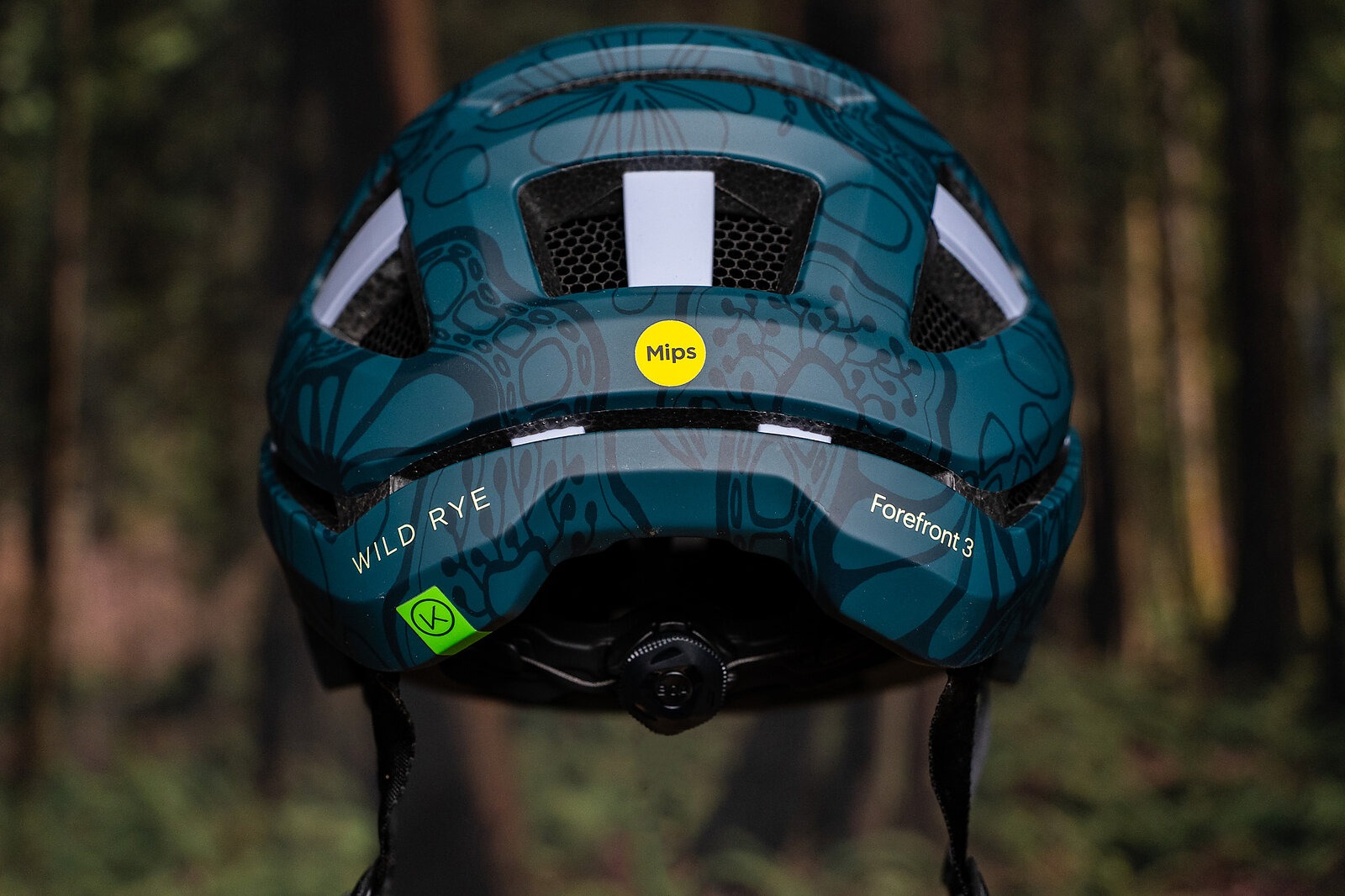
Smith Forefront 3 Fit, Features, and Performance
I have a fairly ovaloid head that measures 59 centimeters in circumference. I have been wearing size medium Smith helmets for the last decade or so, and the medium Forefront fits me exactly how I expect a Smith helmet to fit. It’s comfortable, and while I’m closer to the “fully open” end of the adjustment system, I’ve still got space to run it looser.
The Forefront 3 uses a new BOA fit system that I think is going to become an industry mainstay over the next year. It uses a textile cord, and the whole rear harness is flexible and soft, instead of being built out of rigid plastic. This means that it conforms better to the shape of your head, and eliminates hot spots and rubbing. It’s really clean, secure, and easy to adjust. I don’t find traditional dial helmet closure systems lacking, but this new BOA fit system is a clear upgrade.

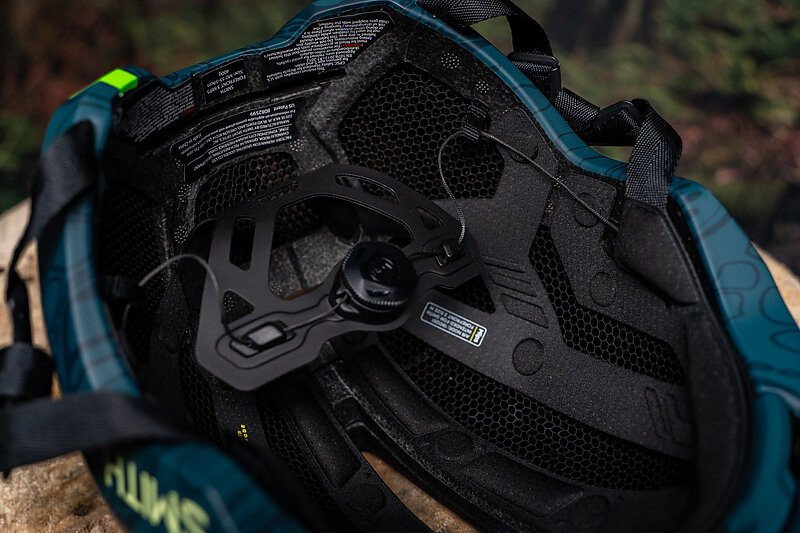
The Forefront 3 uses a Mips Air Node system to help deal with rotational impacts. Mips makes a whole slew of different systems for various applications now, but the Air Node system is the least obtrusive and most refined-feeling that I’ve used. It doesn’t catch your hair, like some older Mips systems do, and it’s light and unobtrusive.
The Forefront 3 uses KOROYD material throughout the helmet to create a breathable, but very protective shell. While some folks found the Forefront 2 to be a little stifling, the latest version boasts 25% better airflow. My scalp can’t quantify that number, but I do tend to run hot and sweaty, and the Forefront 3 lands on the better-ventilated end of the spectrum.
Magnet lovers will mourn the Forefront 3’s traditional buckle, but the helmet does make considerations for mounting your sunglasses either below the visor, or on the back of the helmet. I’ve found both positions to be fairly secure.

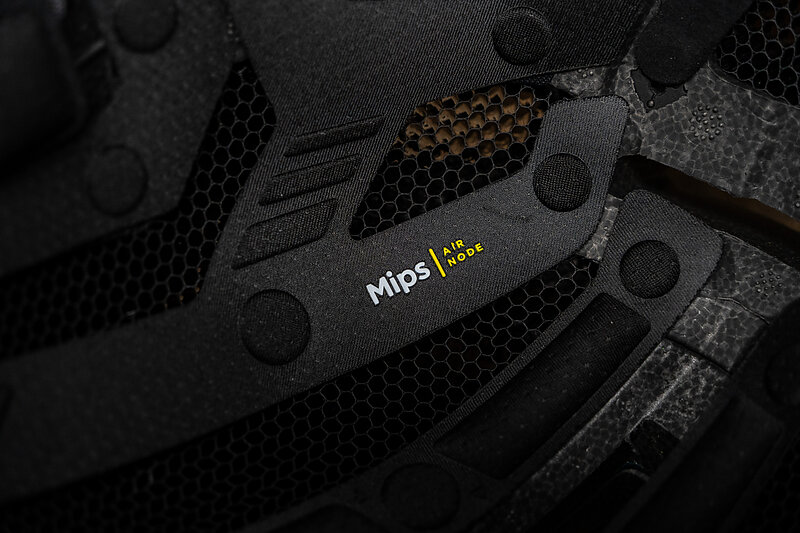
Finally, Smith has a light/camera mount clip coming for the Forefront 3. It’s not available yet, but should be making it to the market this summer. That will be a helpful upgrade since the Forefront 3 doesn’t have a big enough flat area to use a sticky mount.
The Forefront 3 has quickly become my go-to trail helmet. It’s comfortable, fits very well, and breathes well. It’s another solid entry in the Forefront legacy, and the sweet Wild Rye collab graphic is just the icing on the cake.
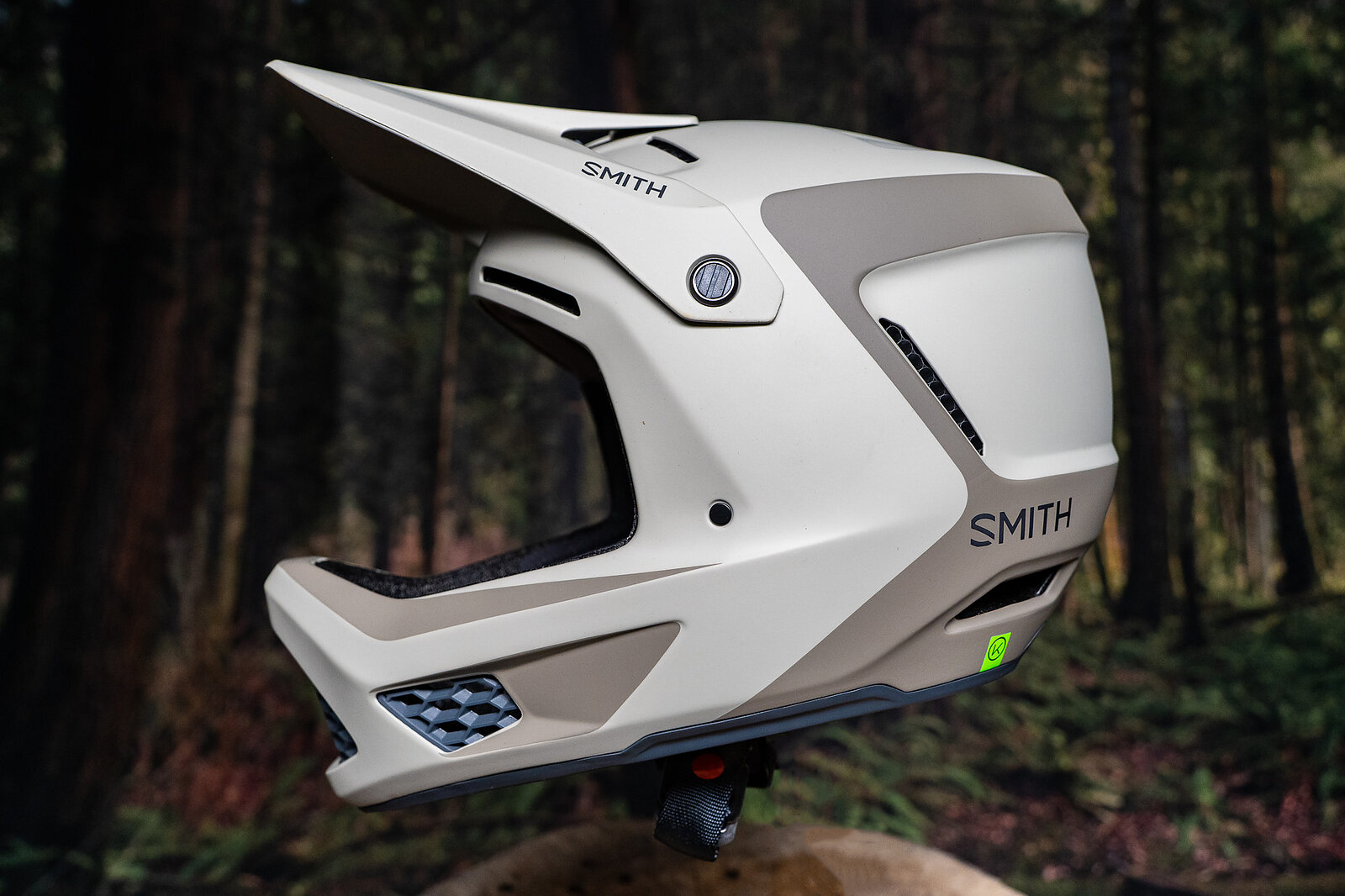
Smith Hardline Fit, Features, and Performance
Five years ago Smith released its first full-face helmet, the Mainline. While that helmet was aimed squarely at the burgeoning enduro market, and was designed to be lightweight, with great ventilation for uphill riding, the new Hardline is fully focused on the down. It’s heavier, less ventilated, and, in theory at least, safer.
I’ve spent a bunch of time in the medium Mainline, and predictably, the medium Hardline fits me well. That said, I’ve found that Smith’s size medium full face helmets fit tighter around the cheeks and face than other brands. The Mainline comes with a thicker and thinner set of pads, and the thinner pads feel too tight when I’m putting the helmet on, but fit just right once it’s all the way on. It feels like Smith helmets have a more aggressive taper from the widest point down to the cheek area. If you’ve got chipmunk cheeks, the Hardline might not be for you.
The Hardline also uses a KOROYD construction, but with significantly less ventilation than the Mainline. It does feature an engineered collarbone crumple zone that should help protect your body from the edges of your helmet. The cheek pads are easily removable so first responders can help stabilize your spine in an emergency, and the Hardline uses a traditional double D-ring closure. For $130 more, you can save 80 grams by bumping up to the carbon-shelled version of the Hardline, but you do get more limited color options.

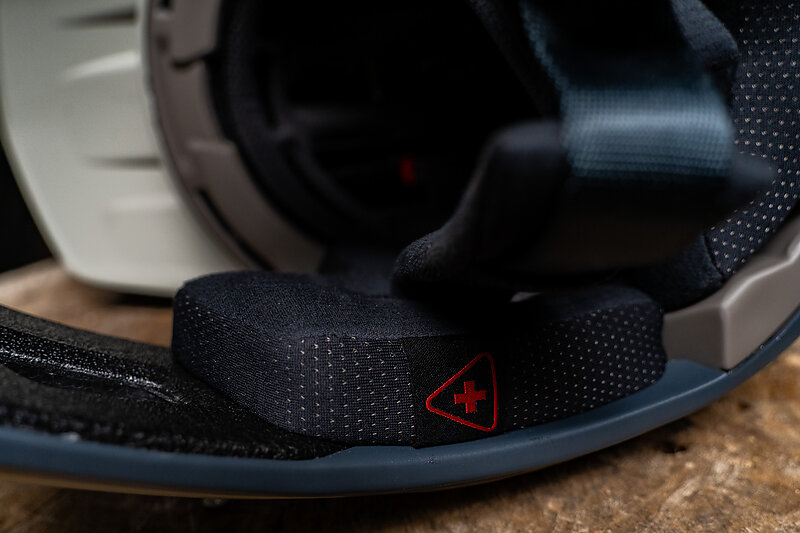
The elephant in the room is the Hardline’s Mips liner. The Mainline tended to develop a squeak, and unfortunately the Hardline has the same issue. This can be mediated by lubricating the liner/shell interface, and I personally don’t find it to be a big issue, but I totally understand how annoying some folks find it to be. It would be great to see Smith implement another form of rotational impact protection in the future. The Mips Evolve Core liner is just not the best application for full face helmets.
Otherwise, the Hardline has been excellent. It breathes well enough for a downhill-focused full-face, and has stayed comfortable during longer laps. It’s nowhere near as light and airy as the Mainline, and that’s sort of the point. Instead my head feels more locked in and protected. The visor is easily adjustable and unobtrusive, and the helmet interfaces well with goggles from Smith and other brands.
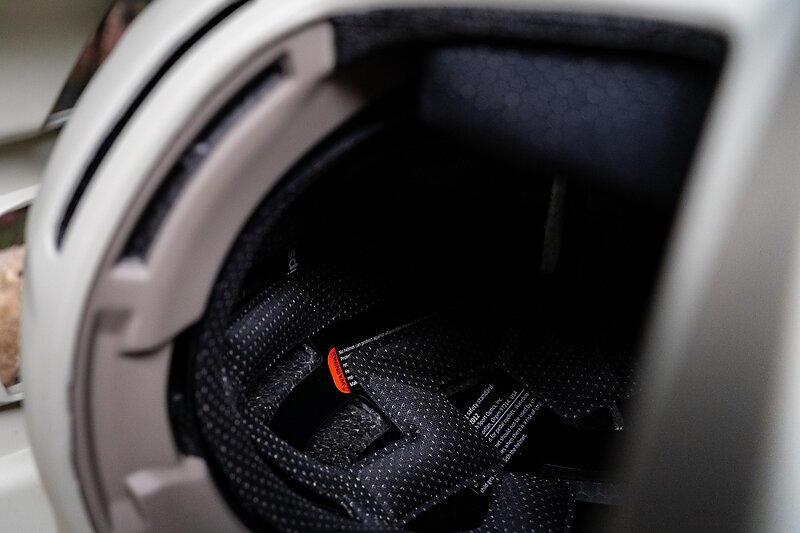
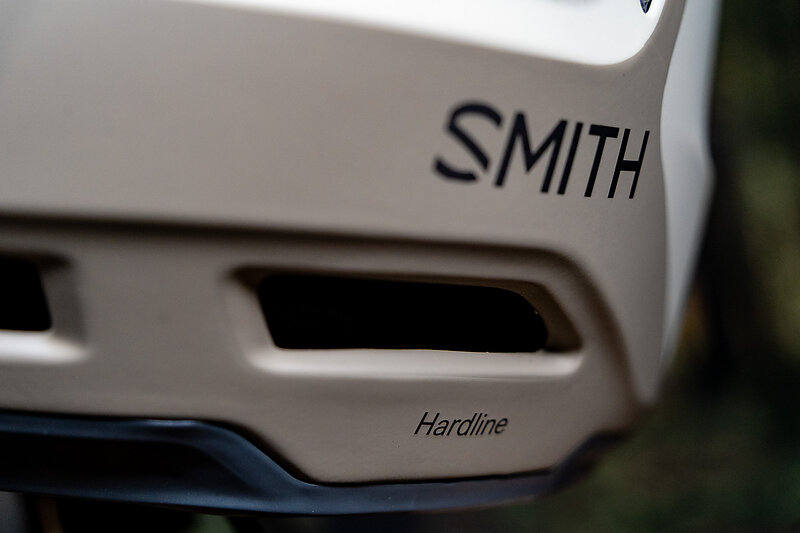
For Now
Smith’s new Forefront 3 is a noticeable upgrade over the outgoing Forefront 2, with a more refined fit and feature set. Similarly, the Hardline rounds out Smith’s helmet lineup—now Smith's got you covered for everything from cross-country to true downhill applications. Continuous incremental innovation is the name of the mountain bike helmet game these days, and Smith delivers exactly that with the new Forefront 3 and Hardline helmets.
Learn more: Smith
